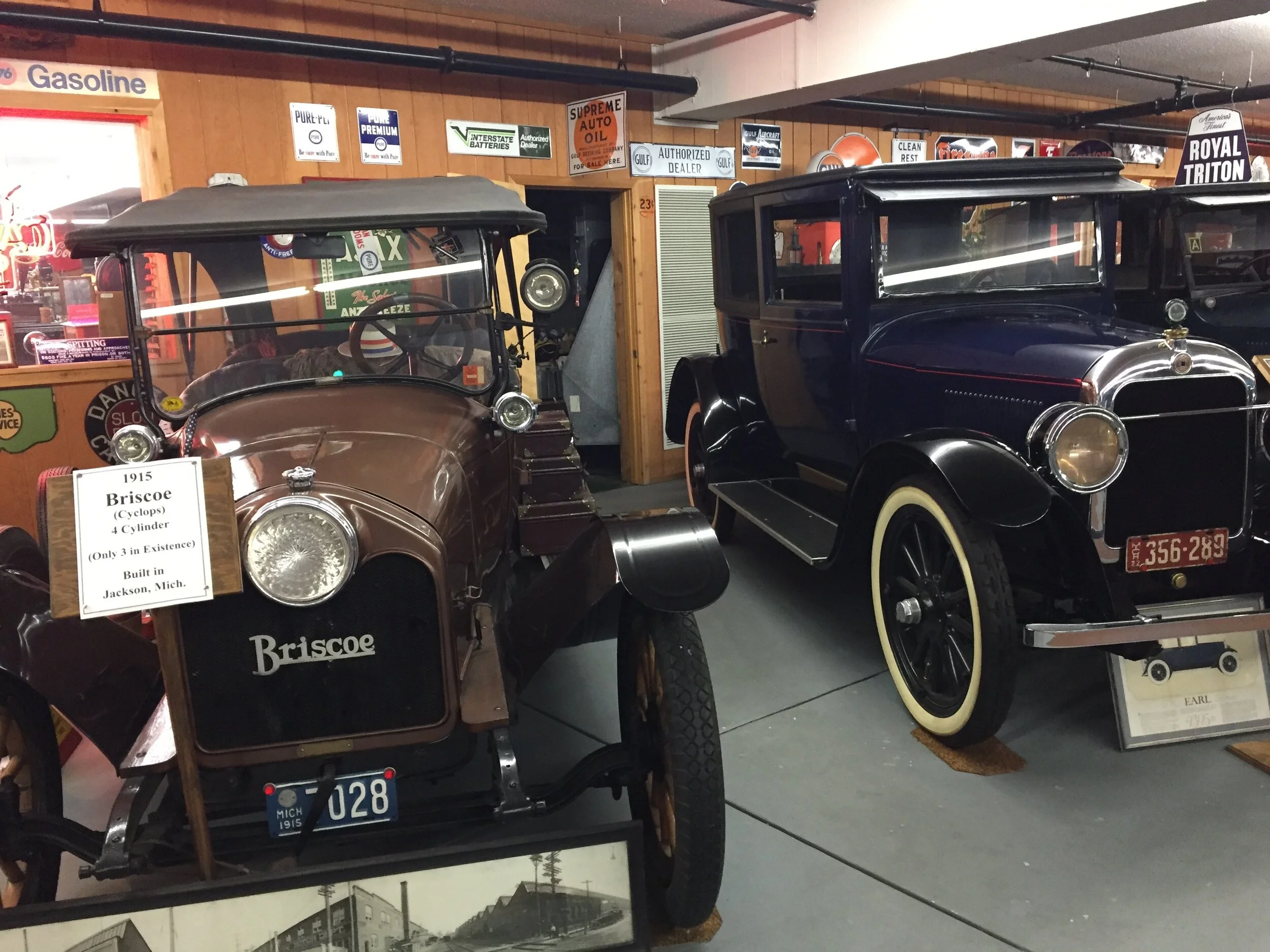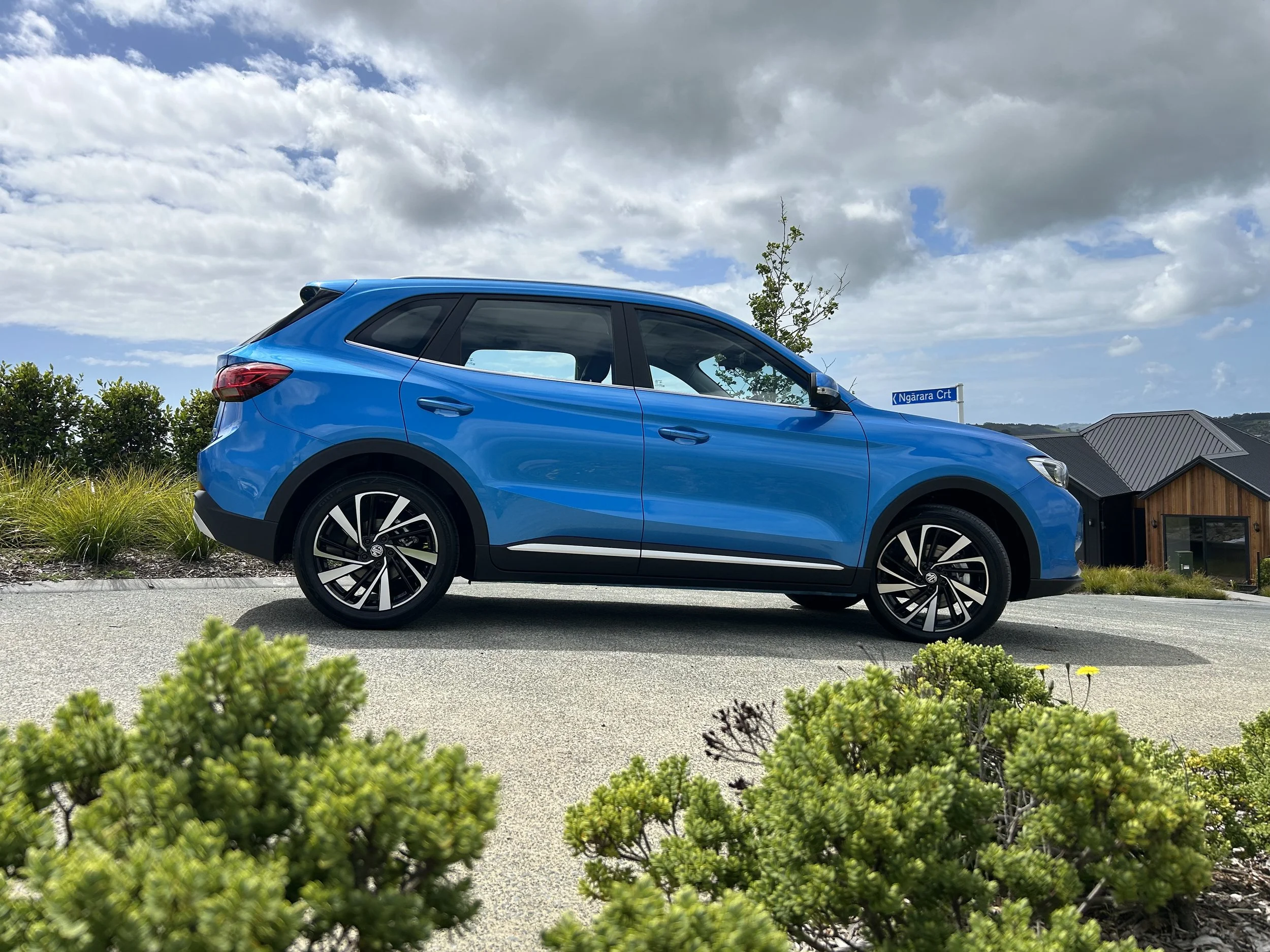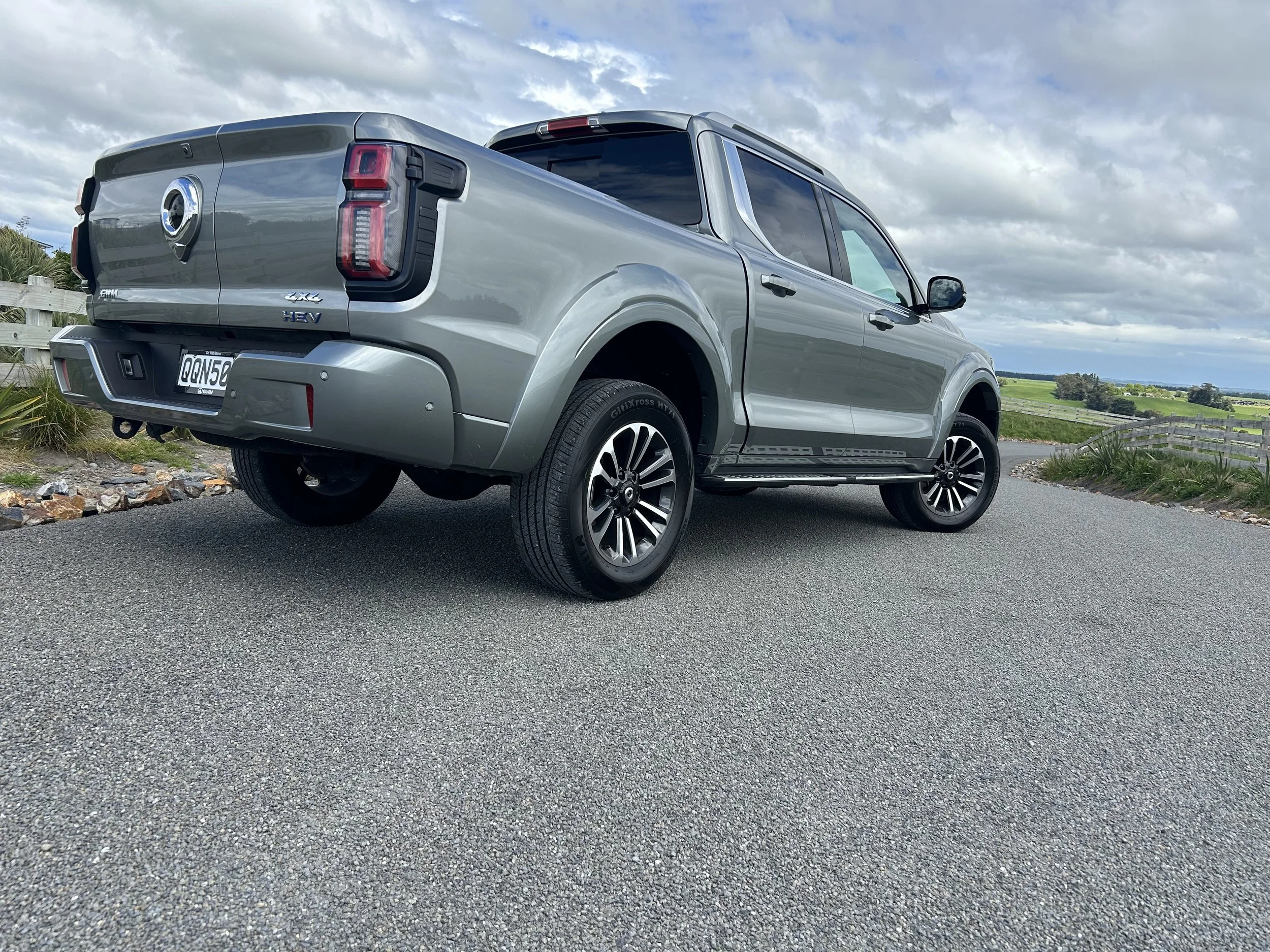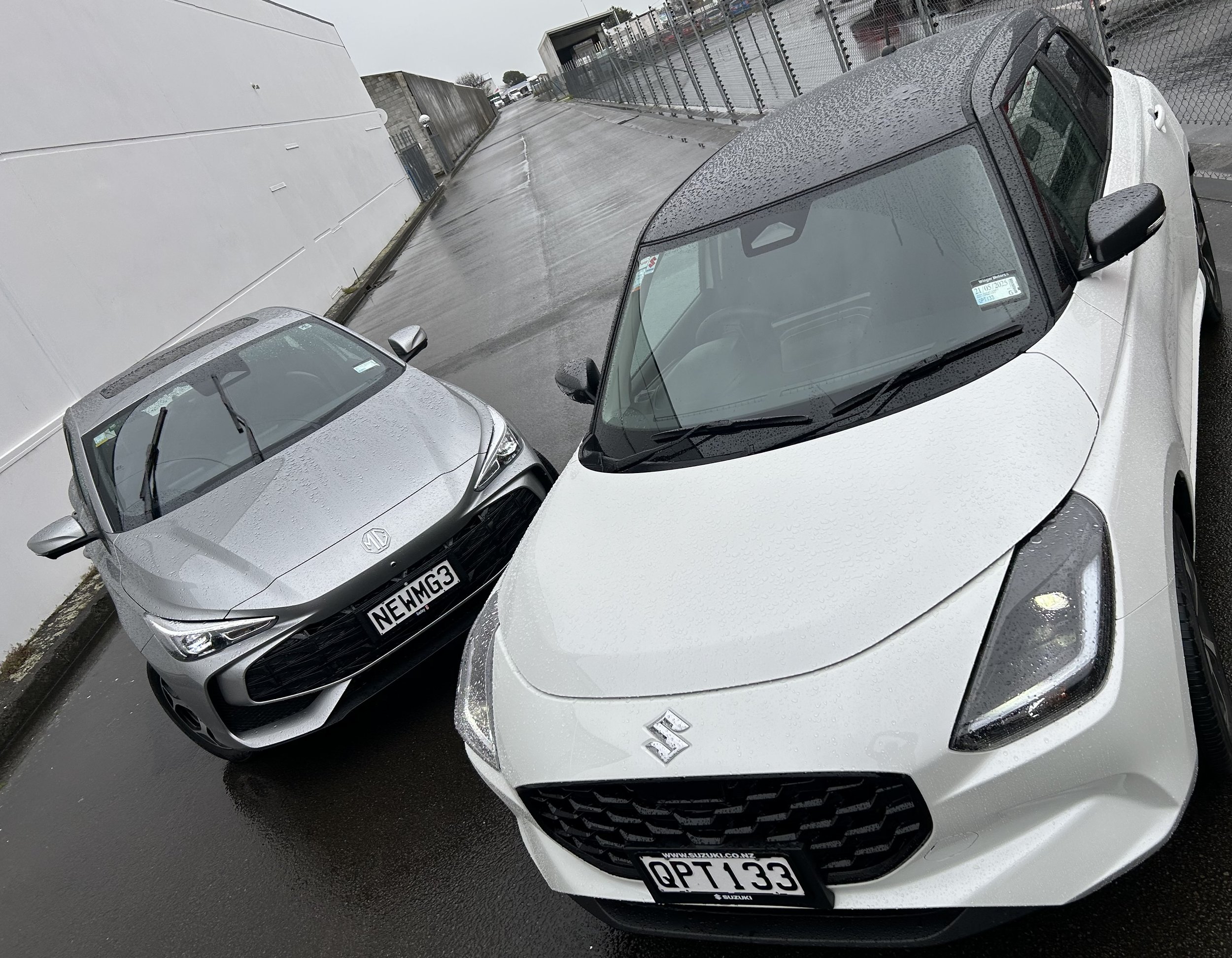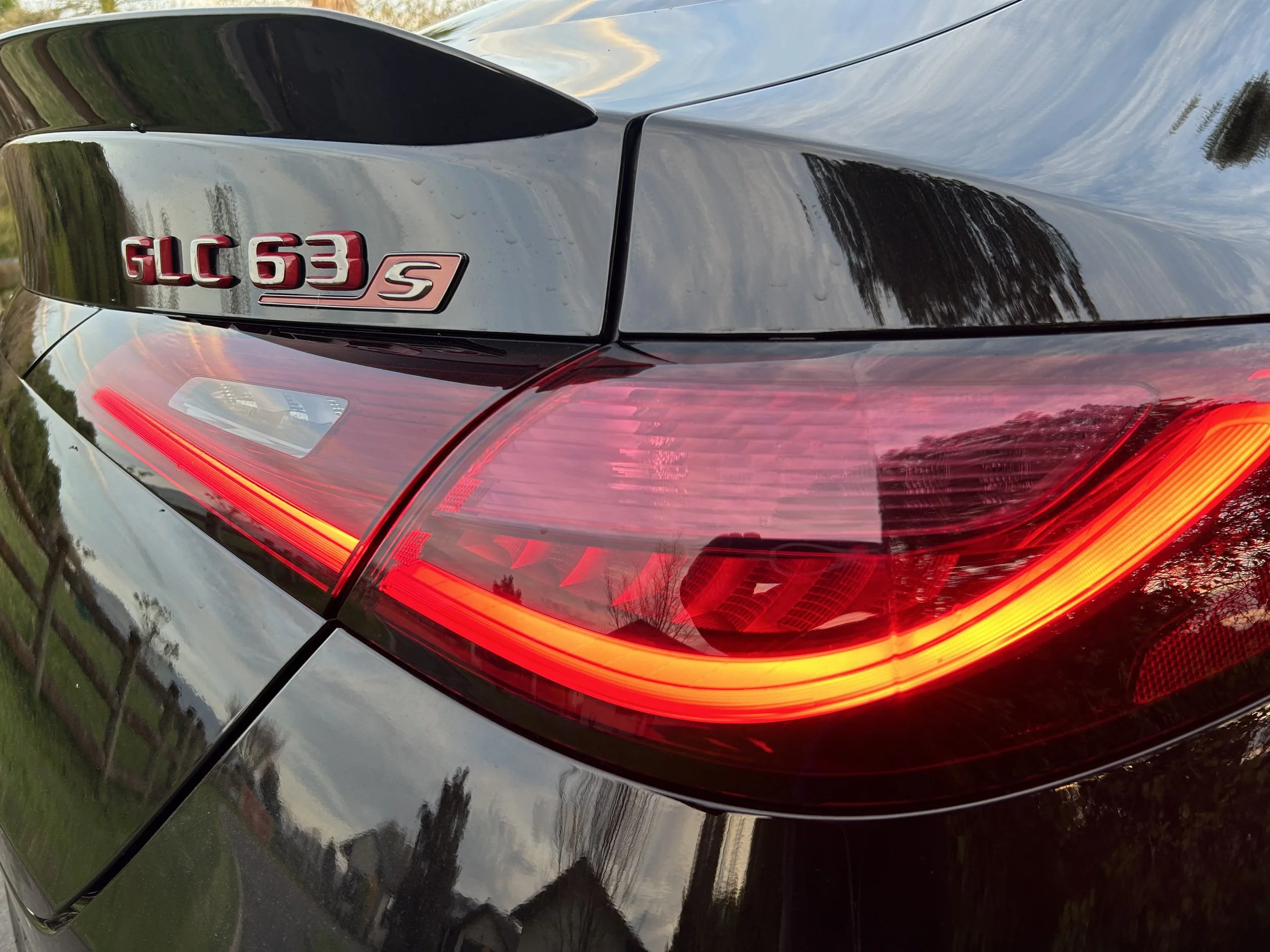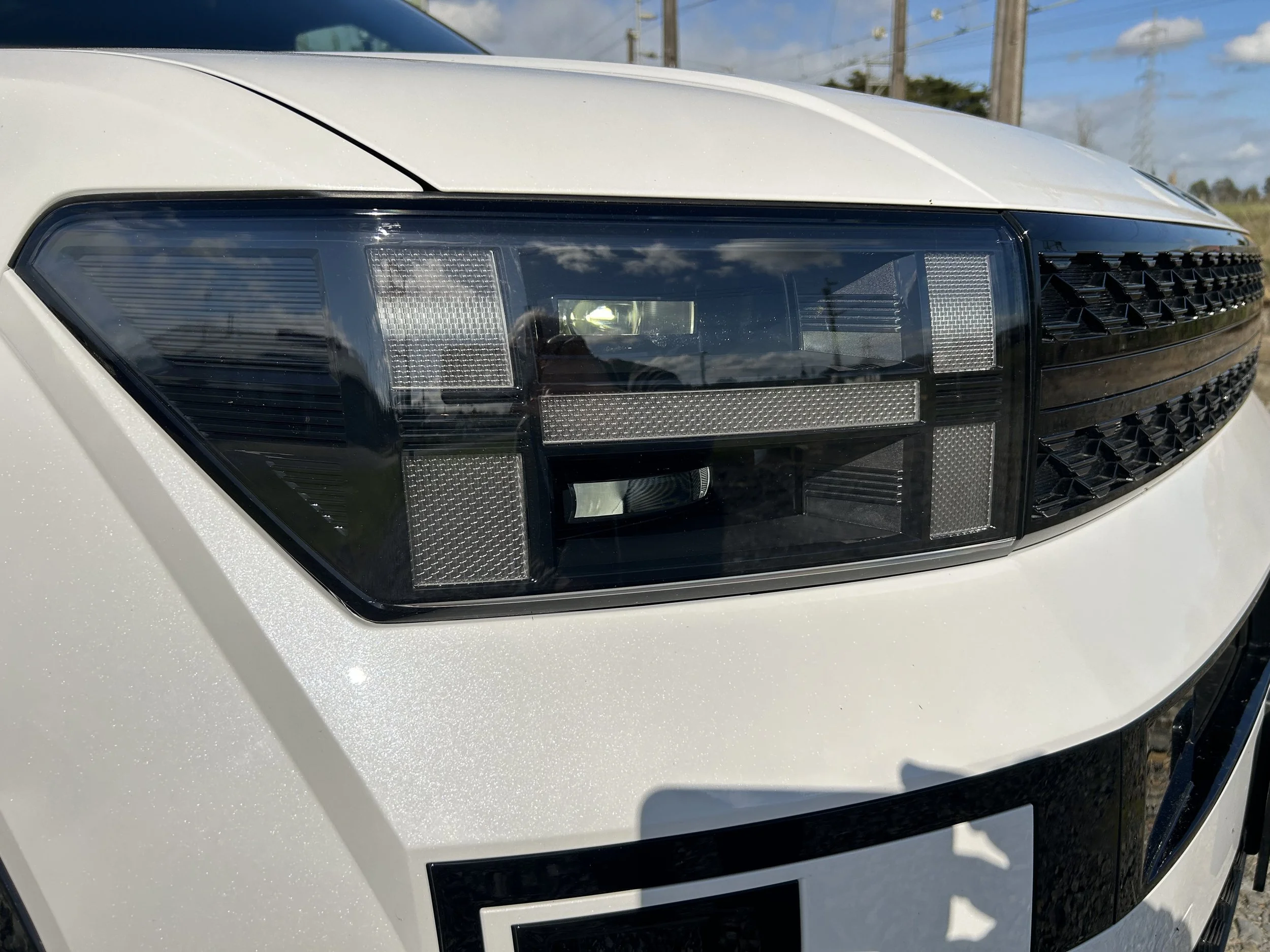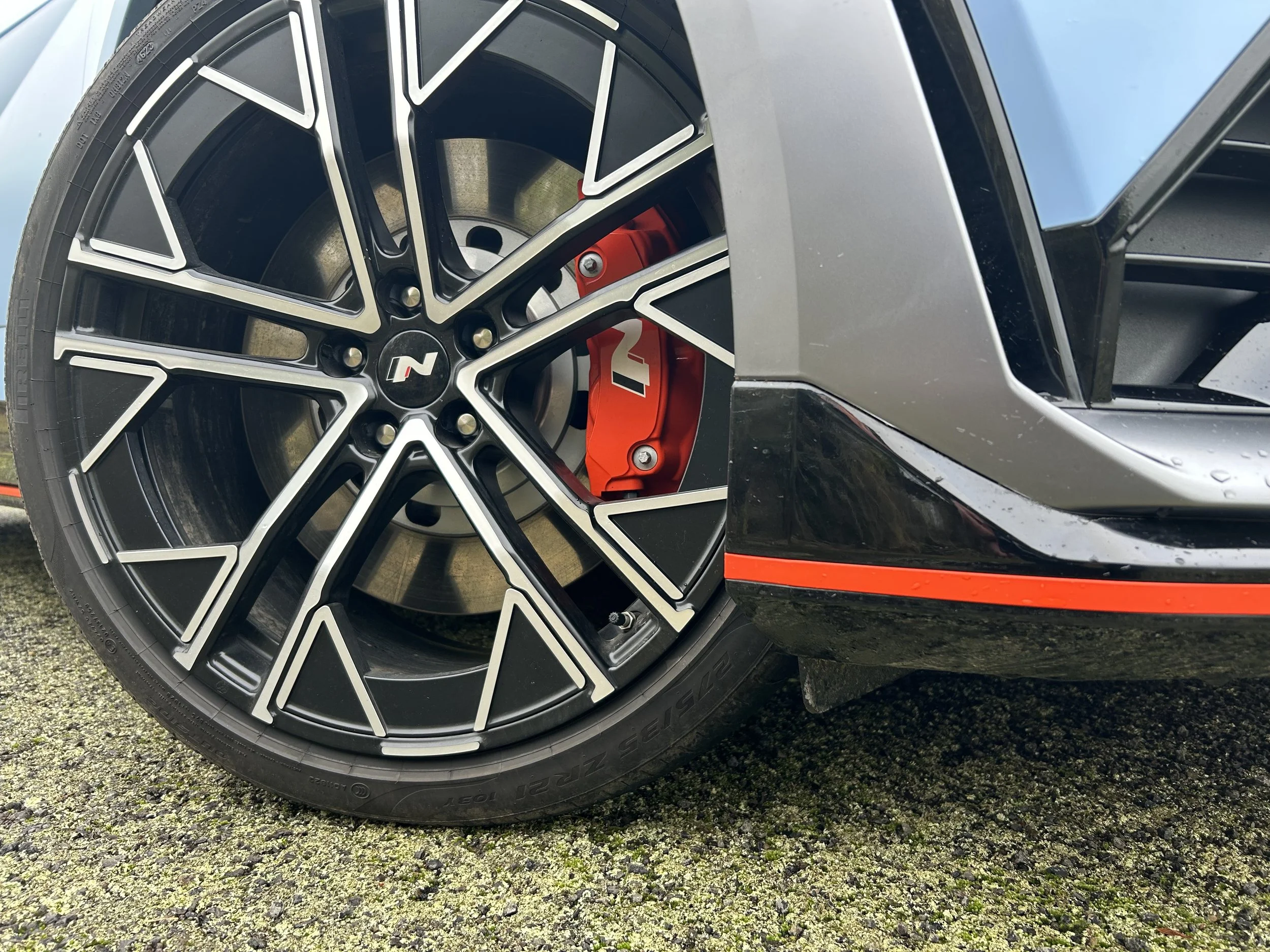Chevrolet: The French revolution
/The brand is world-renowned: What of the men behind the badge?
A QUICK way to get a reaction from fans of American automobiles is to make mention Stateside of the fact that Chevrolet is an ‘import’.
Once you have their attention you can clarify and explain that you were talking about the man, not the car.
Louis Chevrolet, above, was born the son of a maker of watches and clocks in La Chaux-de-Fonds, Switzerland on Christmas day 1878. He had six siblings including two brothers, Arthur and Gaston, who would follow Louis into auto racing.
From an early age Louis displayed a unique talent for developing mechanical solutions for problems. As an example, in his early teens while working for a wine merchant he designed and produced a wine-barrel pump that streamlined the process.
In the early 1890s as bicycle mania swept the world, he launched a bicycle repair and manufacturing business under the Frontenac name, and established a local reputation for his racing prowess. The bicycle business proved to be a short lived and costly venture. The name would resurface for another Chevrolet venture years later. And the penchant for losing money on business endeavors would dog Louis Chevrolet for the rest of his life.
During the last years of the 19th century he began learning the basics of the internal combustion engine as an apprentice in the workshops of French automakers Darracq and Mors. In 1900, Chevrolet accepted a position as a mechanic and chauffer in Montreal for a Swiss associate that owned an engineering company with offices in Canada and the United States. The following year he transferred to the company’s New York City office but within a few months was working for the Brooklyn branch of the French car manufacturer de Dion-Bouton. Then came the big break in early 1905, employment with Fiat and his first opportunity to drive in an automobile race, something that he excelled at.
On May 20, 1905, Louis drove a 90hp Fiat at the Hippodrome in Morris Park, N.Y. taking first prize. Before the year was out, he had bested the now legendary driver Barney Oldfield three times. In 1906, Chevrolet moved to Philadelphia to work with J. Walter Christie, a pioneer in the development of front wheel drive cars who had accepted a contract to build a race car for Autocar.
The racing successes and mechanical skills of the Chevrolet brothers caught the eye of William Crapo Durant who was looking to promote Buick through motor sports. This was the beginning of a tumultuous business relationship, and the first step toward the establishment of an American icon.
Arthur was hired as Durant’s personal chauffer, while Gaston and Louis became the face of the Buick racing team. After Durant’s launch of General Motors in 1908, Chevrolet continued to head the company’s race team, but he also established a machine shop on Grand River Boulevard in Detroit where he designed and built an overhead valve six-cylinder engine. This was but another manifestation of Louis Chevrolet’s increasing desire to launch a company for the manufacturing of high-performance cars.
William Durant was a swashbuckling and reckless entrepreneur. His unbridled expansion that included the acquisition of companies and aggressive initiatives to compete with Benjamin Briscoe and Jonathan Maxwell’s United States Motor Company soon put General Motors in a precarious financial position. To protect their investment, and under pressure from stockholders the corporation’s board of directors removed Durant from the company in 1911.
Durant was not intimidated by failure or loss, he had a reputation for making money that made it easy to attract investors and he had an ace up his sleeve, Louis Chevrolet. Chevrolet was a personality, a man with name recognition and a man eager to launch an auto company.
On November 3, 1911, Durant and Louis Chevrolet co-founded the Chevrolet Motor Car Company with investors William Little, manufacturer of the Little automobile, Durant’s son in law, Dr. Edwin R. Campbell, and Samuel McLaughlin of the McLaughlin Car Company of Canada Ltd.
As Louis Chevrolet worked out the bugs on prototype models completed earlier in the year, Durant was building a company. Meanwhile Arthur and Gaston continued racing and building high performance cars. Arthur drove in the inaugural 1911 Indianapolis 500, but mechanical problems forced him out of the race, and he failed to finish.
The 1916 Indianapolis 500 was a repeat performance as mechanical issues prevented him from completing the race. Gaston competed in numerous races and in 1920 won the Indianapolis 500 driving a Monroe designed by his brothers. The following year he was killed in a racing accident.
While not as active as his brothers, Louis continued racing. In 1914 behind the wheel of a Chevrolet he competed in the last of the grueling Desert Classic races along the National Old Trails Road from Los Angeles to Ash Fork, Arizona, and then south to Phoenix. When an accident resulted in the mixing of gasoline and water occurred in Seligman, Arizona, Chevrolet was forced to quit. Louis also drove in the Indianapolis 500 four times, with a best finish of 7th place in 1919.
Resultant of serious disagreements over direction of the company, and Durant’s reckless financial practices Louis Chevrolet sold his stock in the namesake company in 1914. This and the loss of use of the Chevrolet name as Durant held the rights, was the first in a serious of calamitous decisions made by Louis Chevrolet.
In 1915, Louis Chevrolet and his brothers established a company for the manufacture of aircraft engines. Bankruptcy marked the end of the company before the end of the year. In 1916 with financial investment from Albert Champion they founded the Frontenac Motor Corporation to make racing parts for the Ford Model T. Even though the company enjoyed moderate success profit proved elusive.
During the same period Louis Chevrolet also partnered with Howard E. Blood of Allegan, Michigan, to create the Cornelian racing car. Louis drove one of these cars to a 20th place finish in the 1915 Indianapolis 500. Also, in 1916, American Motors Corporation was formed in Newark, New Jersey, with Louis Chevrolet as vice president and chief engineer. By 1918 the company was producing cars in a plant at Plainfield, New Jersey but the post war recession crippled the endeavour.
In a hope of staving off complete collapse, there was a merger with the Bessemer Motor Truck Company of Pennsylvania and reorganization as Bessemer-American Motors Corporation in 1923. This merely exacerbated the financial woes and in 1924 there was another merger with the Winther and Northway companies and reorganization as Amalgamated Motors. By 1926, the entire operation collapsed.
The onset of the Great Depression marked the end of the brother’s corporate ventures, and age had brought their racing careers to a close. Financially devasted Louis returned to Detroit to work in General Motors Chevrolet division in a mechanical engineering capacity. A dramatic decline in his health, including atherosclerosis which led to a leg amputation in the late 1930s forced him to resign. On June 6, 1941 he died of massive coronary in Detroit. He was buried in the Holy Cross and Saint Joseph Cemetery in Indianapolis, Indiana. His brother Arthur died by suicide five years later. Their deaths were the end of an era.















